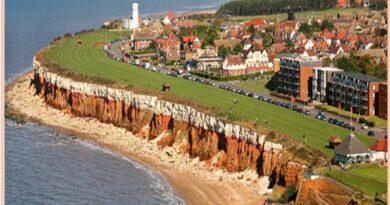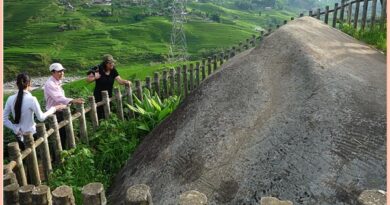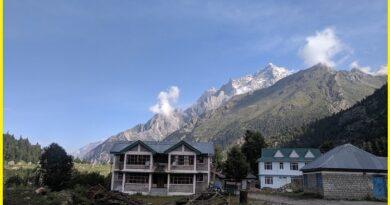The Great Sandhills Canada-Dunes that are always moving
The Great Sandhills
The Great Sandhills of southwestern Saskatchewan is a unique 1,900 sq. km area of active desert sand dunes. It contains one of the largest sets of active sand dunes in Canada. Native grasses and small clumps of trees, willow, and sagebrush flank the dune formations. It is a protected area and lies within the Great Sandhills Ecological Reserve. The dunes in this area are always moving and create an ever-changing landscape. The Great Sandhills are a paradise for bird watching, nature photography, and fun activity in the sand. The sands that make up the dunes are made up of very finely ground sand known as rock flour that was deposited near the end of the last ice age. The region around the sand hills wind blows the fine sands around creating an ever-changing landscape. The Town of Leader, with a large outdoor pool and supporting services, provides a base to explore art galleries, museums, and antique shops.

The Great Sand Hills Formation
The Great Sand Hills have created nearly 12,000 years ago at the end of the last ice age as the Wisconsin ice sheet retreated. At the peak of the glacial advance 18,000 years ago, the ice sheet was almost 2 kilometers thick. When the glaciers retreated, they left behind huge piles of sandy debris, glacial till, and moraines while the melting waters carved out huge spillways. The area of the Great Sand Hills and nearby Elbow Sand Hills was covered by Glacial Lake Bursary. The South Saskatchewan Spillway flowed from the lake and as the glaciers retreat and the waters began to dry up, sand deltas built up. Glacial Lake Bursary dried up exposing the sand deltas, which are the sand hills that exist today.
Also read- Stawamus Chief Provincial Park and Granitic Dome Canada
Things to do in great sand hills
Great sand-hills camping
The Great Sand Hills is located within an ecological reserve and have a public access point in the northwestern section where camping is allowed. From there you can access the dunes and as well as find the best geological exposures, wildlife, and current use of the land.
Medano Creek
The tallest dunes in North America are the centerpiece in a diverse landscape of grasslands, wetlands, alpine lakes, and tundra. Medano Creek is a popular seasonal stream. Its bed is dry at the Dunes Parking Area, and intermittently snow-covered. The creek is frozen on the eastern side of the dune field, at Sand Pit and Castle Creek Picnic Areas.
Sandboarding and Sand Sledding
Travelers can rent sand sleds or sandboards before arriving at the park. Specially designed sandboards and sand sleds may be rented or purchased at retailers in the San Luis Valley. Sandboards and sand sleds are specifically made for sand, featuring a special design with extra slick base material and special wax. These work best for sliding in sand. Sandboarding and Sand Sledding is the best activity in Sandhills.

Hiking in Sanddunes
The Great Sand Dunes, and the forests, lakes, and peaks of Great Sand Dunes National Preserve, are designated wilderness. These areas can be explored by day hikes. There are no designated trails in the sand, Explore any part of the 30-square-mile dune field. Plan to hike the dunes in the early morning or evening to avoid heat exhaustion and burned feet.
How to reach The Great Sand Hills
The dunes are very lightly visited, and many western Canadians don’t even know they exist. The Sand Dunes are very accessible, within an hour’s drive of the Trans-Canada Highway.




Pingback: The Hawaii Islands-A younger volcanic hotspot near Pacific Plate - Geotourism
Pingback: Spotted Lake Canada- Know why the Lake is showing Unusual Spot - Geotourism